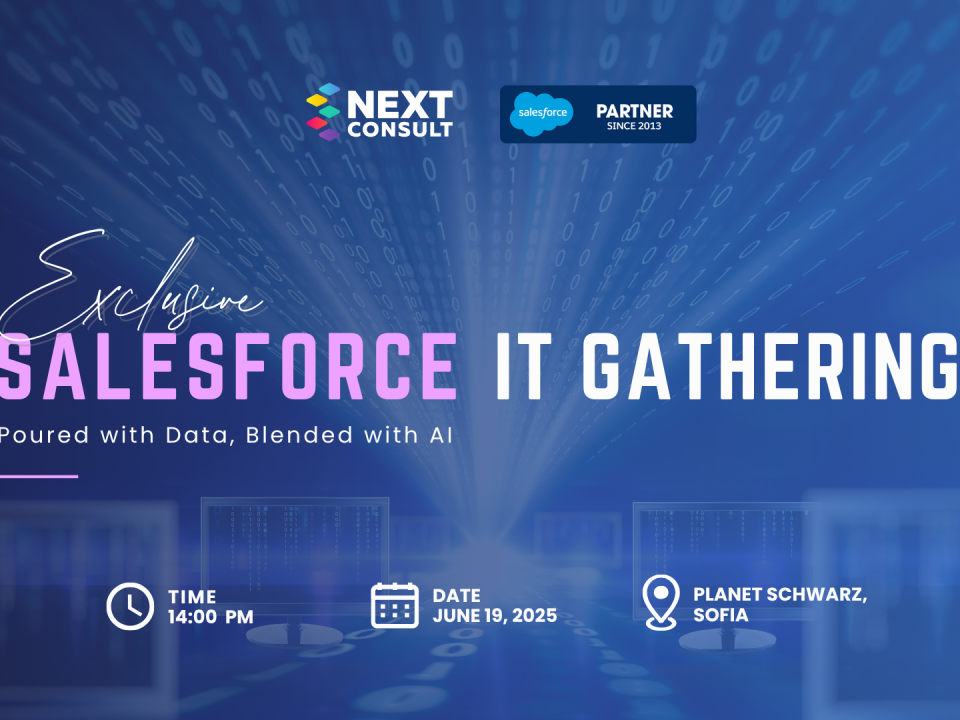
WHAT WE NEED TO KNOW ABOUT ROBOTIC PROCESS AUTOMATION (RPA) AND WHERE CAN IT BE APPLIED
Software robots are a valuable tool that allows us to meet the ever-growing needs of the business and the ever-increasing volume of transactions performed on a daily basis. However, it is important to keep in mind that Robotic Process Automation (RPA) is not a solution for every situation and every business case.

Robotic Process Automation - technology and application
The growing number of transactions, typed operations, time-consuming processing of repetitive manually performed tasks that take a long time and in which human error is inevitable, are among the prerequisites for the introduction of Robotic Process Automation (software robots).
Robotic process automation is a technology that uses so-called software robots, allowing the person behind the screen to perform their daily work more efficiently, while keeping in touch with several applications simultaneously. RPA does not replace a person, but it stimulates their work by taking on the repetitive, time-consuming tasks with low added value, thus allowing our employees to focus their efforts where a higher level of expertise, human thought and judgment are required.
Robotic Process Automation is not just programming business rules into a software application. It allows the robot to operate in different applications, read files in different formats, get data from web pages, enter data into software systems such as ERP, CRM, or legacy systems, to use databases, to read and send emails, to extract information from them, to structure and sort it where necessary, and to perform many more tasks.
The application of software robots is extremely wide in various industries and business activities.
For example, it can read invoices from various sources (including scanned documents) and enter them directly into an accounting or ERP system. It can read emails with order requests, organize them into files and automatically enter them into an orders system or a specialized CRM solution.
Advantages of RPA services

Robotic Process Automation, unlike humans, can work around the clock, does not get tired, does not need rest and food, does its job more quickly and accurately than people and does not make mistakes in repetitive, monotonous, and large tasks.
Usually, if we need to introduce a new business process or change it, or if we want to update a software system or application, or if we need an integration between our applications, we turn to software vendors that would help us in the implementation. This approach is expensive for the company as it takes time to define, contract and implement the scope, or when the specifics of our process are unique and not compliant with vendor’s roadmap, or the vendor’s resources are not available, or it requires coordination and communication between different vendors.
RPA technology allows automation to be achieved without changes in applications or systems. Software robots can mimic human behaviour, thus allowing reading data from one application, adding it to another, while applying new business logic where needed. This allows us to accomplish an integration between two software solutions without having to write code, and additionally, the robot can perform other tasks, as it works 24/7.
Prerequisites for successful implementation of RPA

RPA does not require reconfiguration of neither the programs, nor the business processes, but it is not a panacea for every pain, and it is not suitable to automate every process.
Automation with software robots is most beneficial for repetitive, manual, and frequently executed activities, which are time consuming or operate with large volumes of transactions.
It adds better value for processes with standardized execution rules, and with low exception rates. Other suitable processes for RPA automation can be ones that generate a lot of errors due to manual data entry or copy-paste activities.
The introduction of RPA in the organization should start with the activities that can most quickly and easily show results and, once the process is established, move on to more complex tasks that require a more detailed definition and description, and, conversely, a more complex automation.
For some of the more complex processes, you will need to determine how they can be simplified and improved before you start with their roboticization. It is important to start the RPA implementation of a process when it is mature, business do not expect changes within next 4-6 months, and there will be no drastic changes in the application systems and software solutions used in the process.
The key to the success of an RPA project is the right approach for the discovery phase. It is essential to understand the organizational structure and processes, to analyse and evaluate their potential for automation, and to choose the right processes to start with. This will allow to define clear specifications and develop successful RPA implementation strategy for the organization.





